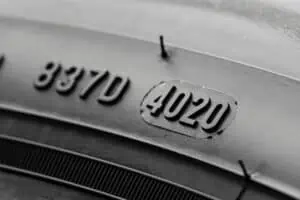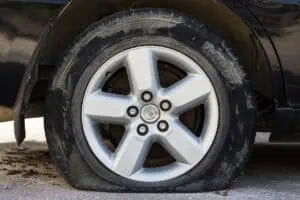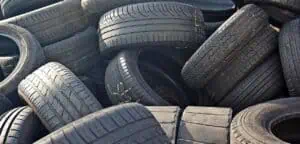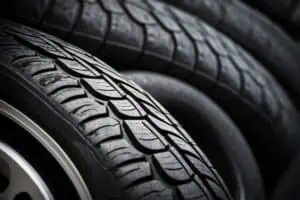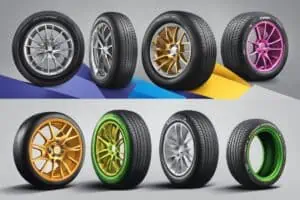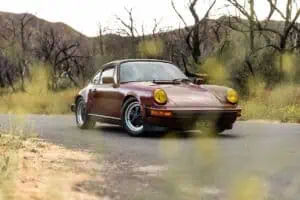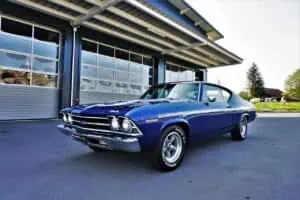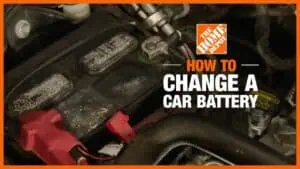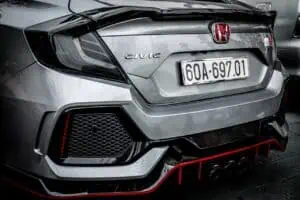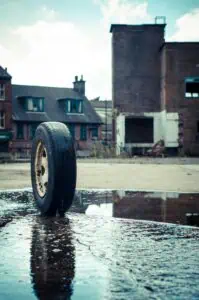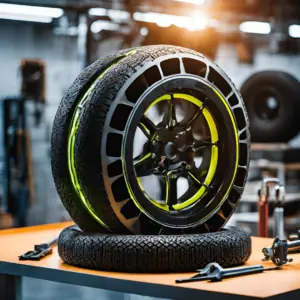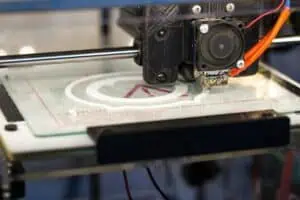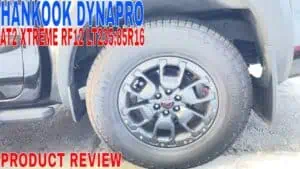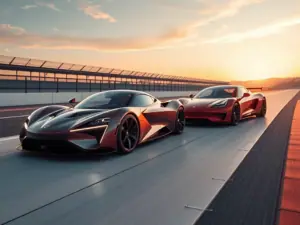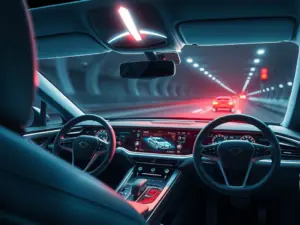Vintage cars hold a special place in automotive history, captivating enthusiasts with their timeless designs and
mechanical simplicity. Whether you’re looking to buy one or just plain interested, we’ll cover the basics.
What Defines a Vintage Car?
The term “vintage car” often sparks debate among automotive enthusiasts. While definitions can vary, generally:
A vintage car is typically considered to be a vehicle manufactured between 1919 and 1930.
However, some enthusiasts extend this period to include cars from the 1910s up to the 1970s.
The Classic Car Club of America defines classic cars as fine or distinctive automobiles, either American or foreign
built, produced between 1915 and 1948.
See more at Vintage vs Modern Muscle Cars to get more insight on the advancements compared to today.
It’s important to note that the terms “vintage” and “classic” are often used interchangeably in casual conversation,
though they have distinct definitions in the collector car community.
Most Popular Vintage Cars
Popularity in the vintage car world can be measured by various factors, including rarity, historical significance, and
market demand. Based on our analysis of search trends and market data, some of the most popular vintage cars
include:
- Ford Model T (1908-1927)
- Chevrolet Bel Air (1950s)
- Ford Mustang (1964-1973)
- Volkswagen Beetle (1938-1979)
- Porsche 911 (1963-1989)
These models consistently generate high interest among collectors and enthusiasts.
Vintage Car Pricing: What to Expect
The cost of vintage cars varies widely based on factors such as rarity, condition, and historical significance. Here’s a
general pricing guide:
Entry-level vintage cars: $10,000 – $30,000
Mid-range collectibles: $30,000 – $100,000
High-end classics: $100,000 – $1,000,000+
Ultra-rare or historically significant models: Can exceed $10 million
It’s worth noting that the keyword “vintage cars for sale near me” has a high monthly search volume of 22,200,
indicating strong local interest in purchasing vintage vehicles.
The Most Expensive Vintage Cars in the World
For those interested in the upper echelons of the vintage car market, here are some of the most valuable models ever
sold:
- 1962 Ferrari 250 GTO – Sold for $48.4 million in 2018
- 1957 Ferrari 335 Sport Scaglietti – Sold for $35.7 million in 2016
- 1954 Mercedes-Benz W196 – Sold for $29.6 million in 2013
- 1956 Ferrari 290 MM – Sold for $28 million in 2015
- 1967 Ferrari 275 GTB/4*S NART Spider – Sold for $27.5 million in 2013
These astronomical prices are typically reserved for extremely rare, historically significant, or competition-winning
vehicles.
Safety Considerations for Vintage Cars
While vintage cars exude charm and nostalgia, it’s crucial to consider safety when driving or purchasing one:
Lack of Modern Safety Features: Most vintage cars were manufactured before the implementation of safety
standards like seatbelts, airbags, or crumple zones.
Braking Systems: Older braking systems may be less efficient than modern ones, requiring longer stopping distances.
Maintenance: Regular maintenance is crucial to ensure all systems are functioning properly for safe operation.
Structural Integrity: Vintage cars may not provide the same level of protection in collisions as modern vehicles.
Visibility: Older cars often have smaller windows and mirrors, potentially limiting the driver’s field of view.
To enhance safety:
Consider adding aftermarket seatbelts if not originally equipped.
Upgrade to modern disc brakes for improved stopping power.
Install LED lights for better visibility to other drivers.
Always carry a fire extinguisher and first aid kit.
Tires and Wheels for Vintage Cars
Selecting the right tires and wheels for a vintage car is crucial for both authenticity and performance:
- Tire Types:
Bias-ply tires: Period-correct for most vintage cars, offering an authentic ride but less grip than modern tires.
Radial tires: Provide better handling and longevity, but may not be historically accurate for some models. - Wheel Materials:
Wire wheels: Common on many pre-war and some post-war sports cars.
Steel wheels: Typical on many vintage American cars.
Alloy wheels: More common on later vintage sports cars. - Sizing:
Many vintage cars use smaller wheel diameters (13-15 inches) compared to modern vehicles.
Ensure proper fitment by consulting model-specific guides or experts. - Maintenance:
Regularly check tire pressure and condition.
For wire wheels, check spoke tension and lubricate nipples to prevent rust. - Suppliers:
Specialty suppliers like Coker Tire and Universal Vintage Tire offer period-correct tires for many vintage
models.
Additional Insights for Vintage Car Enthusiasts
- Restoration Projects:
Vintage car restoration is a popular hobby, with the keyword “vintage car restoration” generating 1,520
monthly searches.
Consider starting with a more common model for your first restoration project to ensure parts availability. - Investment Potential:
Some vintage cars can be excellent investments. The keyword “best vintage cars” has 4,660 monthly
searches, indicating strong interest in this aspect.
Look for models with historical significance, limited production numbers, or those predicted to rise in value. - Events and Communities:
Participate in vintage car shows, rallies, and auctions to connect with fellow enthusiasts.
Join online forums and local car clubs to share knowledge and find resources. - Legal and Insurance Considerations:
Check local regulations regarding the use of vintage cars on public roads.
Obtain specialized classic car insurance, which often offers agreed value coverage and flexible usage terms. - Maintenance and Care:
Learn basic maintenance skills or find a mechanic specializing in vintage cars.
Store your vintage car in a climate-controlled environment to prevent rust and deterioration.
Check out The Art And Soul Of Car Restoration on restoring your vintage car and bringing value to it.
Precious Years
Vintage cars offer a unique blend of history, artistry, and driving experience. Whether you’re a seasoned collector or a
newcomer to the world of classic automobiles, understanding the nuances of vintage cars can enhance your
appreciation and enjoyment of these mechanical marvels.
Remember, owning a vintage car is not just about possessing a vehicle; it’s about becoming a custodian of automotive
history. With proper care, knowledge, and enthusiasm, your vintage car experience can be both rewarding and
potentially lucrative.
Sources:
https://www.ferrarilakeforest.com/manufacturer-information/most-expensive-ferraris
